It’s hard to believe we’re back in a world where foldable phones are a thing, but it’s true. The good news is that foldable phones have come a long way since your old Motorola flip phone, and Samsung’s Galaxy Z Flip3 and Z Fold3 are leading the way in that department.
For this review, I trialled Samsung’s Galaxy Z Flip3 and Galaxy Z Fold3 at the same time to see how they held up in terms of everyday usability. I can honestly say I was impressed by both phones. Not only are they solid handsets in their own right but the folding technology is pretty incredible.
Let’s see how they compare.
Samsung Galaxy Z Flip3 vs. Galaxy Z Fold3
Before we get into things, here are some key specs that might be handy to know about the Galaxy Z Flip3 and Galaxy Z Fold3.
Samsung Galaxy Z Fold3
- Main Display: 7.6-inch Dynamic AMOLED 2X, Infinity Plex Display (2208 x 1768) 374ppi
- Cover Display: 6.2-inch Dynamic AMOLED 2X (2268 x 832) 387ppi
- Dimensions: 128.1 x 158.2 x 6.4mm (unfolded), 67.1 x 158.2 x 16mm (folded to hinge)
- Weight: 271g
- Memory: 12GB RAM
- Storage: 512GB or 265GB
- Battery: 4,400mAh dual battery
Samsung Galaxy Z Flip3
- Inner/Main display: 6.7-inch FHD+ Dynamic AMOLED 2X, Infinity Flex Display (2640 x 1080), 425 ppi.
- Outer/Cover display: 1.9-inch Super AMOLED Display (512 x 260) 303 ppi.
- Dimensions: 72.2 x 166 x 6.9mm (unfolded), 72.2 x 86.4 x 17.1 mm (folded, hinge)
- Weight: 183 grams
- Memory: 8GB RAM
- Storage: 256GB or 128GB
- Battery: 3,300mAh dual battery
Check out a full list of specs and features on Samsung’s website.
What’s good?
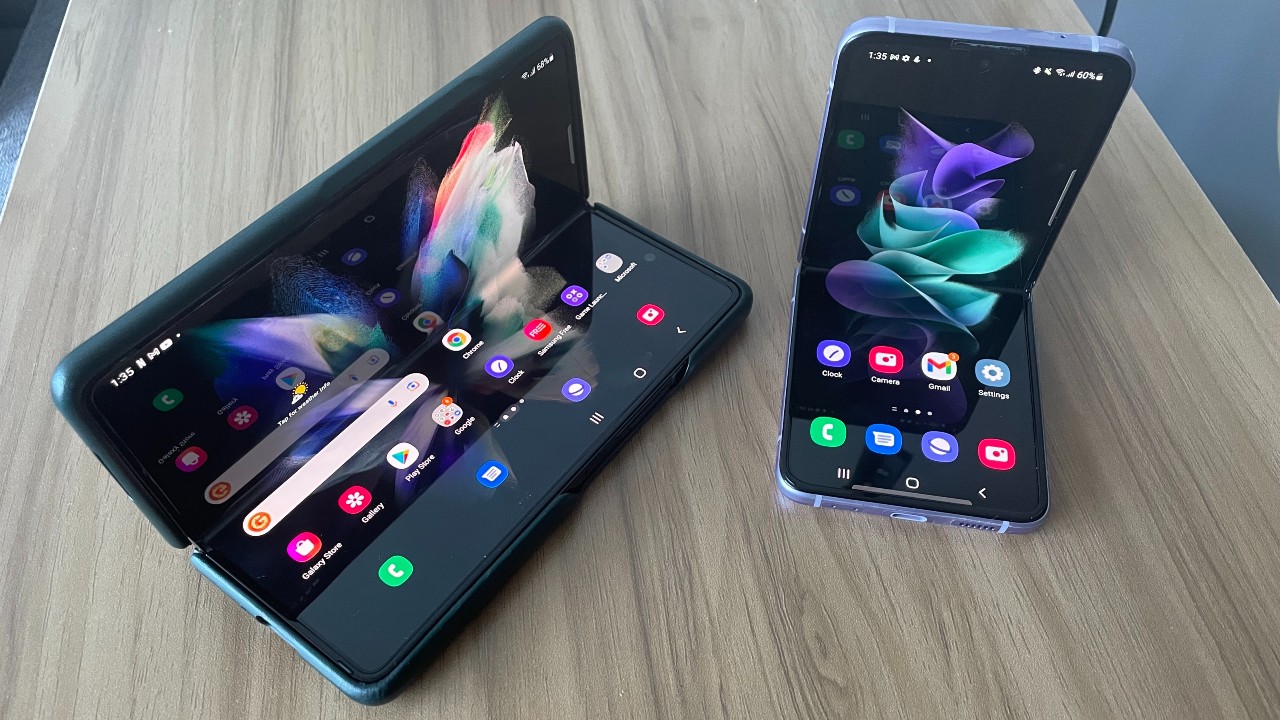
Right off the bat, there were a bunch of things I liked about the Galaxy Fold3 and Galaxy Flip3. Both smartphones are built on very similar technology, just presented in different packages.
Folding technology
Let’s jump straight into the thing everyone wants to know about – the folding. Both phones are equipped with a dynamic AMOLED infinity flex touch screen display housed in a sturdy frame that quite literally folds.
To my mind, this technology is already pretty wild to think about. A screen that can bend? Huge. However, technology hasn’t quite got us to the point where the crease is invisible on either phone yet.
When the screen is blank it’s quite clear it has a crease, but I can honestly say this didn’t disrupt me while using either the Flip or Fold. Watching videos, browsing and typing messages came across clearly and the crease never got in my way. On certain angles, and under certain light, the crease does become more noticeable but readjusting your angle can easily make that go away.
The Flip 3 and Fold 3 are also both very sturdy units. They often require the use of both hands to pry open and close shut due to the strength of the hinge. This is probably disappointing if you miss the days of smoothly flipping your phone open with one hand, but for an expensive handset like the Samsung Flip or Fold, it’s actually more reassuring to have a tough frame.
Another big feature Samsung added to this generation of foldables is IPX8 water resistance and dust resistance. This means you can still damage your phone by dropping it in a pool or burying it in the sand, but the odd bit of dust build-up or spill won’t kill it.
Design
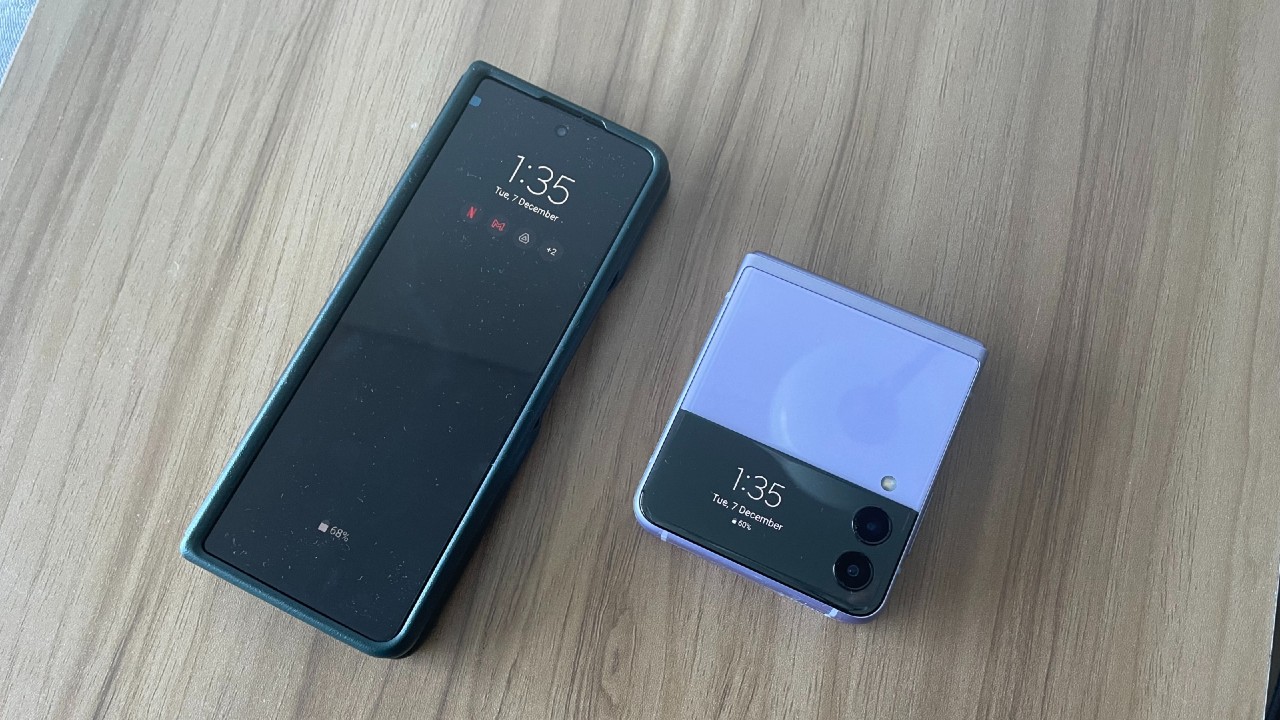
Where things start to differ between Samsung’s Flip3 and Fold3 is the design.
The Flip3 was easily my preferred device of the two. Its small size and compactness were preferable to someone like me who has smaller hands and minimal pocket space. I’m also accustomed to using an iPhone every day, and of the two, the Flip3 is closer to that design.
The Fold3, on the other hand, is a much larger unit. It’s about as close as you can get to a fully-fledged tablet or iPad while still being a phone. The fold tech does help the phone straddle the best of both worlds, but it’s definitely built for people who want to use their phone as a working instrument, not just a casual communication device.
The huge amount of extra screen real-estate on the Fold3 is built for productivity and Samsung’s user experience and app design is growing to allow for more multitasking across both halves of the Fold’s massive display. The Fold3 is also Samsung’s first foldable to feature S-Pen support, which adds to its usefulness as a work device.
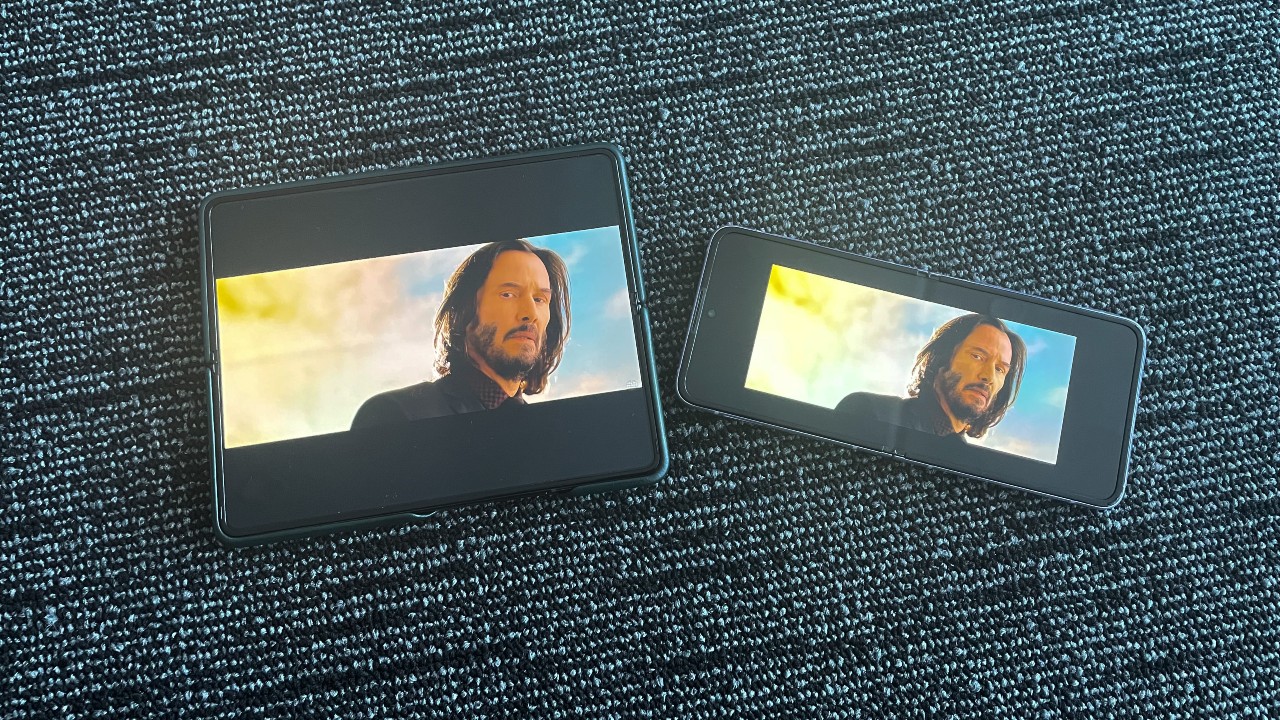
One thing I can say I absolutely loved on both devices was their displays. Despite being foldable screens, none of the quality was sacrificed here and the extra brightness and 120Hz refresh rate consistently blew me away.
Everything from videos to web browsing to mobile games looked silky smooth and vibrant on both the Fold3 and Flip3. It made me realise just how much of a difference a decent refresh rate can make.
Cameras
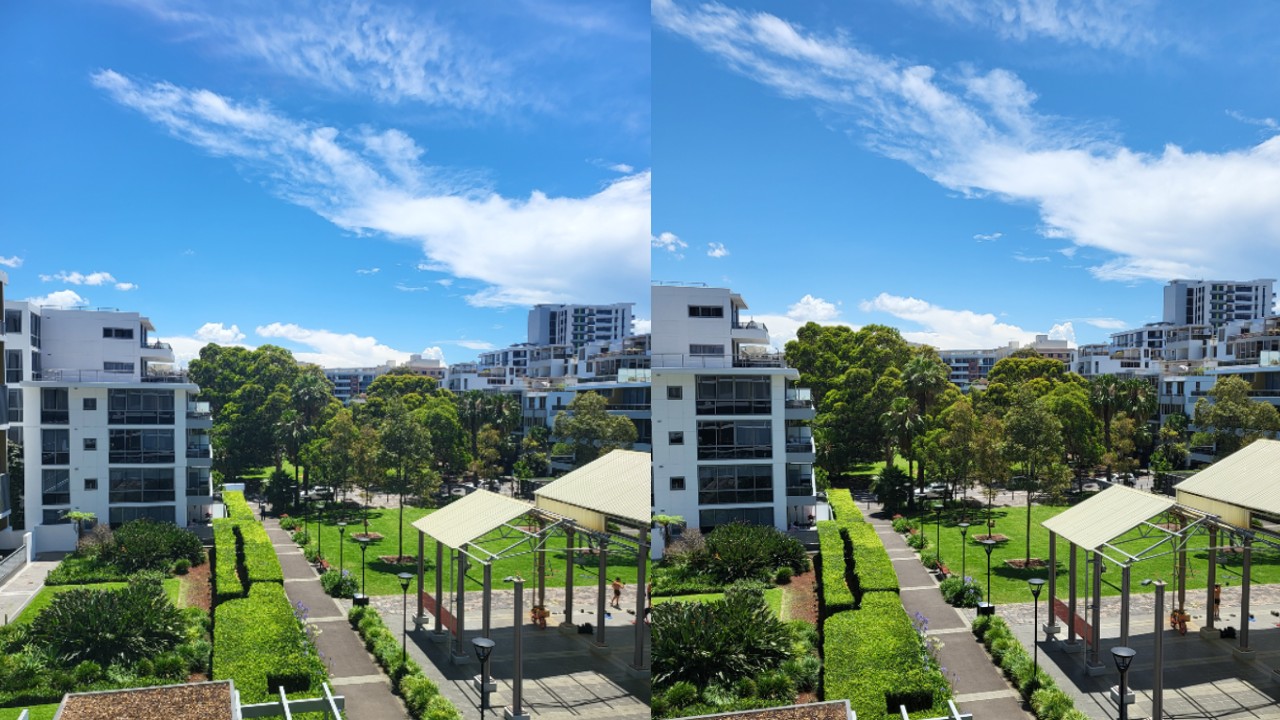
The cameras on the Flip3 and Fold3 are nothing to sneeze at.
Both phones are equipped with a 12MP ultra-wide and 12MP wide-angle camera while the Fold3 also has a telephoto lens. I’m no camera pro but any pictures I took with these cameras looked slick. The Fold3 could be a little difficult to take pictures with while unfolded but the advantage is that you get an extra wide screen to examine your shots before you take them.
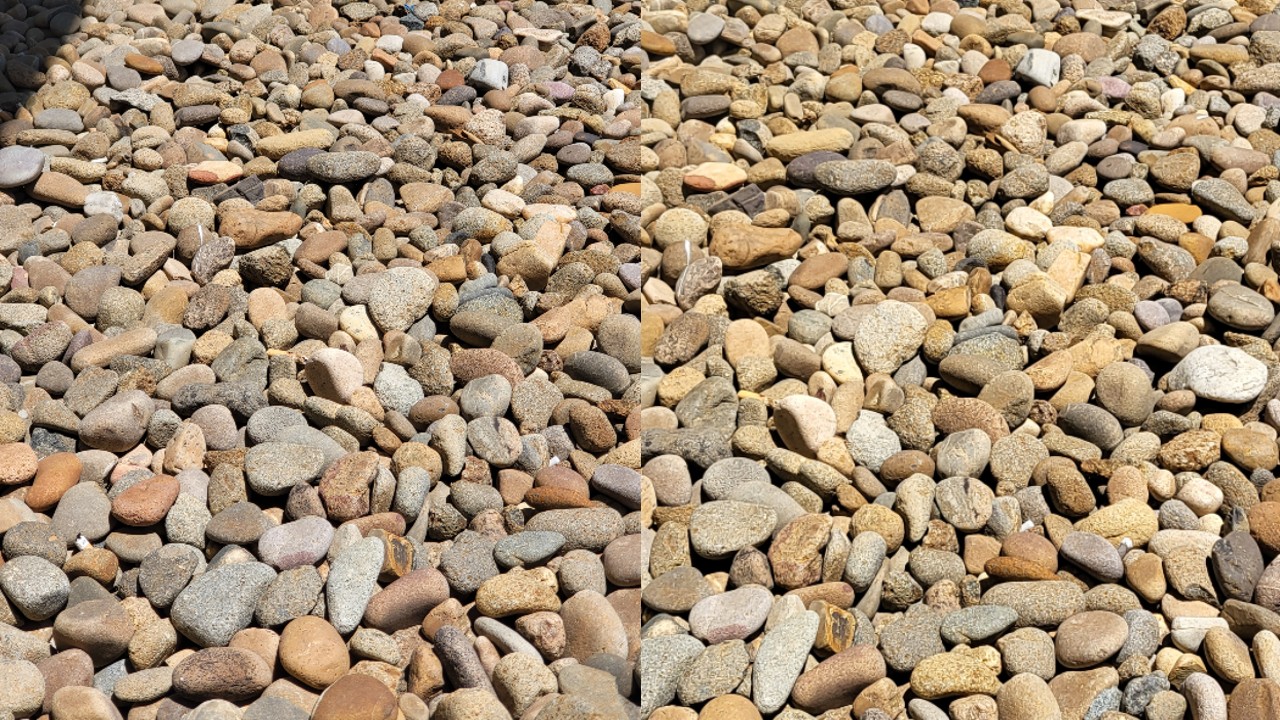
One cool feature of the Galaxy Flip3 is its ability to turn the cover screen into an extra display for your camera. This means you can close your phone, see yourself on the cover display, line up the perfect selfie angle and take a picture all while the Flip3 is folded. It’s a small yet useful feature that sets the Flip3 apart.
OS
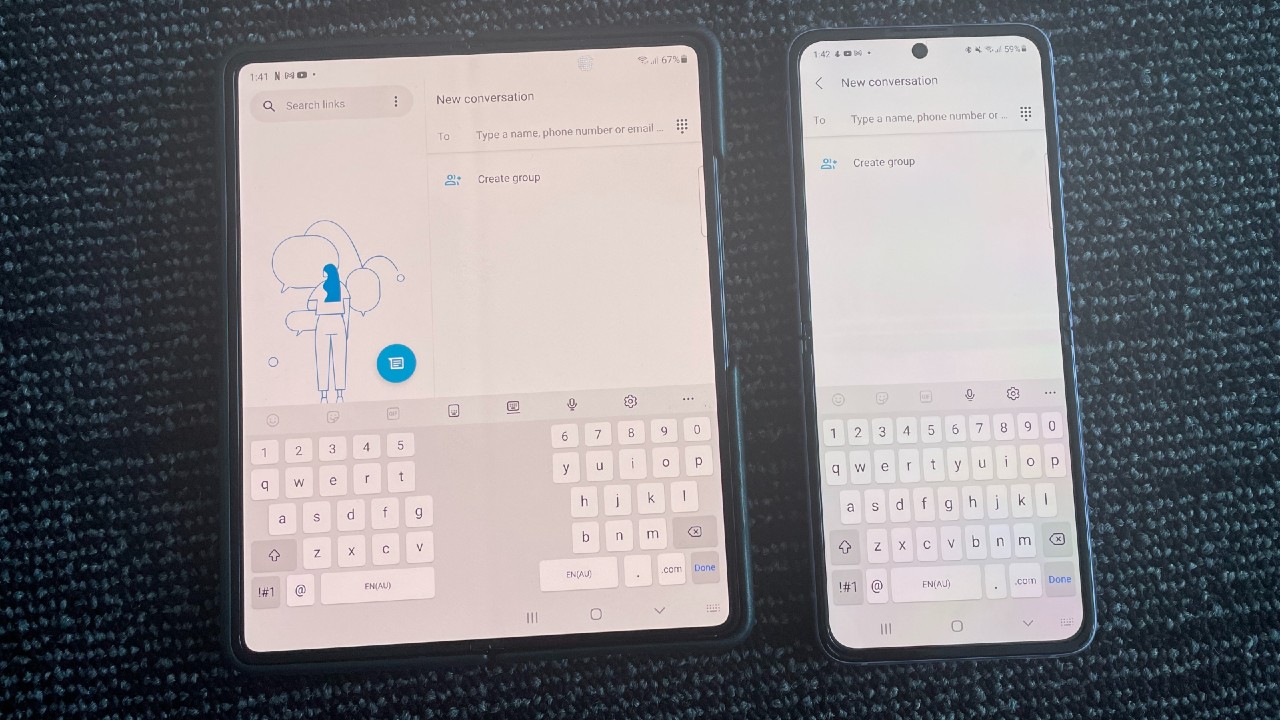
One thing that’s also worth mentioning is the operating system of both phones. Android 11 is quite simply a boss system to use. I’ll admit I’ve been ingrained in the Apple system for too long now to understand all the ins and outs of Android, but I found the design and experience of Android 11 to be super user-friendly and may well turn me to the dark side someday.
Particularly on these phones, Android really stuck out. Both phones have customisable widgets that can be adjusted on the cover screen for ease of use. As I mentioned, the UX of the Fold3 has also been designed with fold technology in mind, meaning multitasking and app usage is smooth and adaptive to the phone’s larger design.
What’s not so good?
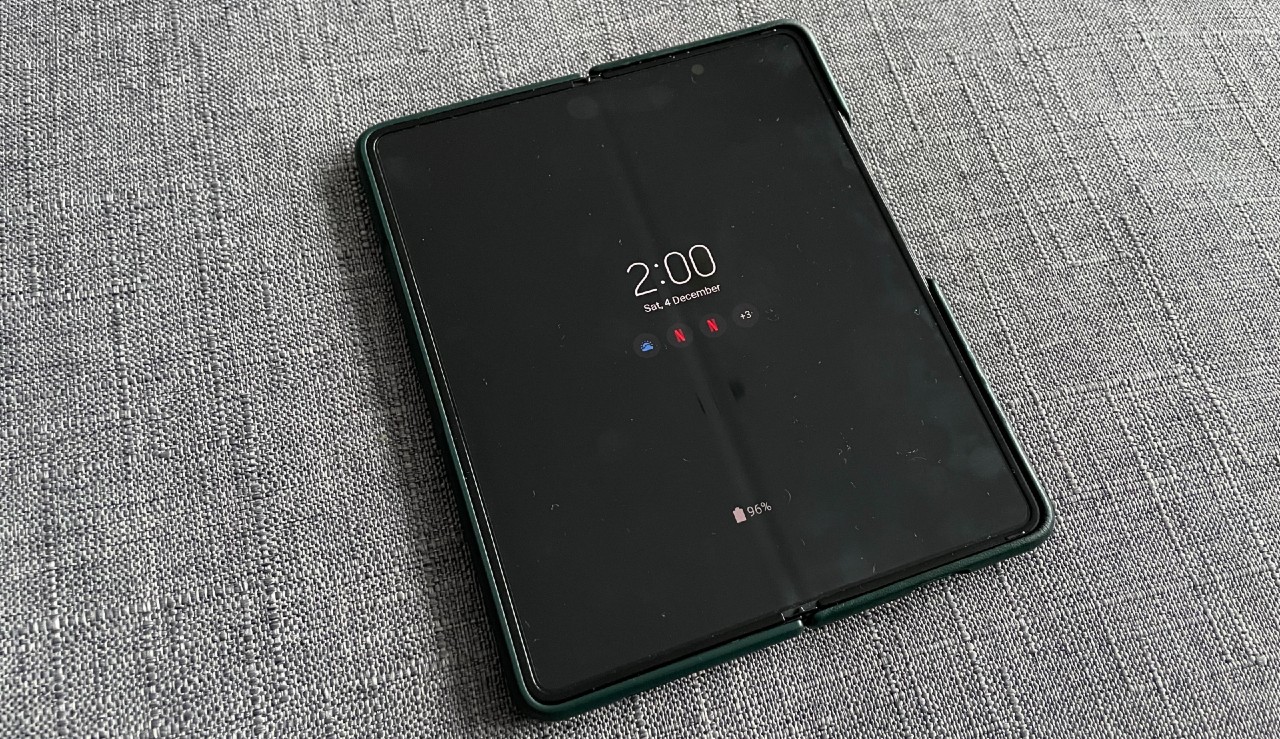
While there’s a lot to love about the Flip3 and Fold3 phones, they do have some downsides.
Size
While I may have sung the praises of the Flip3’s small compact structure, the same cannot be said for the Fold3. It is a beast.
The Fold3 isn’t exactly a one-handed phone that you can scroll through in the middle of the night. Even when folded it is a big chunk of phone and it noticeably stuck out of my pockets.
I enjoyed doing things like reading, browsing or playing games on the Fold3’s larger screen, but it was quite simply too large a device for me. While the Fold3 can pretty much do it all, it can’t compare with the portability of other phones. It is, however, the most portable tablet-style phone.
Battery life
One of the main things that stuck out to me when using both the Flip3 and Fold3 was the battery life. I found that on a full charge with constant use I could barely get a day out of the Samsung foldables.
This isn’t entirely surprising seeing as the batteries in these devices are doing some heavy lifting to keep up the power required here. One thing I can say, coming from an Apple background, is that both devices are powered by USB-C charging which I wholeheartedly appreciate.
Samsung Galaxy Fold3 vs Galaxy Flip3: The verdict
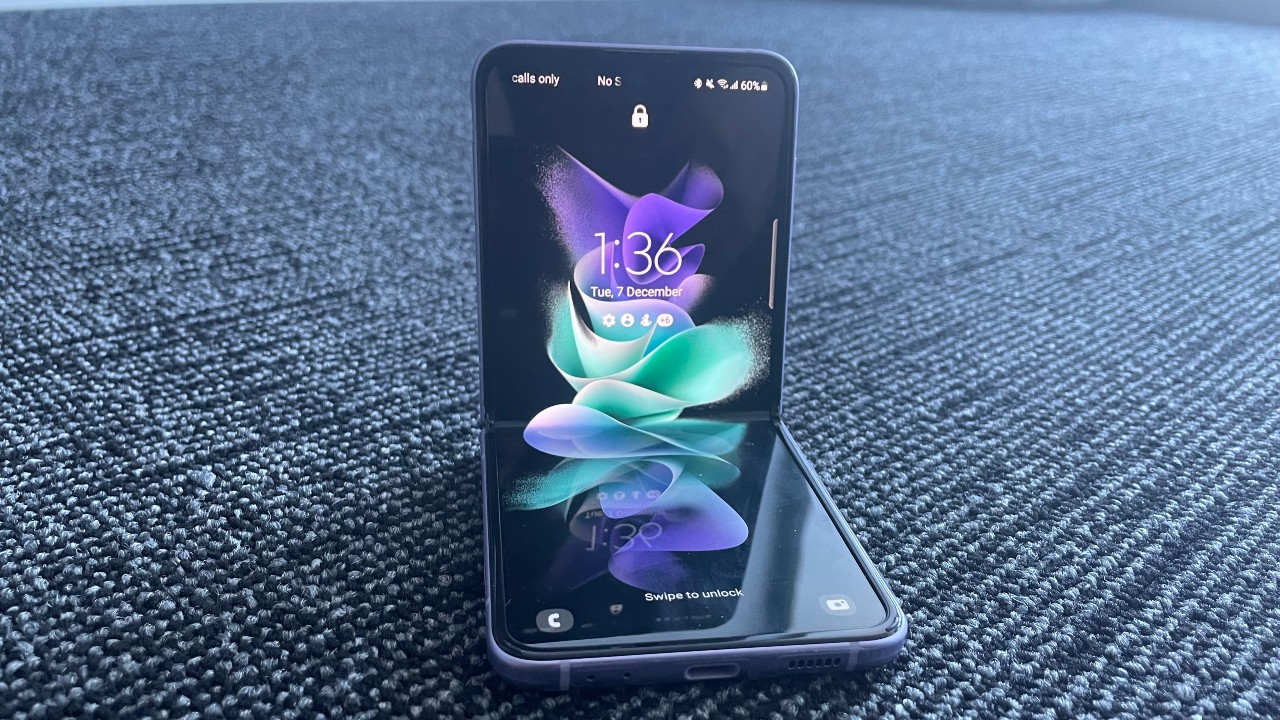
Adapting to the use of a folding phone requires its own mindset, so you really want to be sure you’re in it for the gimmick before you buy one of Samsung’s foldables.
Folding technology has taken a step forward with these two devices, but it still has a bit further to go until the crease is completely removed. That being said, these are incredibly decent handsets. They can literally do anything an S-series Samsung smartphone would do, but you have to be ready to do it in a folding package.
If you’re trying to decide between the two, the price is worth considering. The Samsung Galaxy Z Flip3 starts at $1,499 and the Fold3 retails for $2,499. This is pretty hefty, but not too ridiculously pricey in the world of smartphones.
As I touched on earlier, the Fold3 really suits those who want to get tasks done on their phone. That, or anyone who wants a giant portable screen for watching movies or gaming that can also double as a phone.
I personally preferred the Flip3 because of its more user-friendly and portable design. To me, it captured the essence of a smartphone while also housing the flip mechanic, whereas the Fold3 felt like it was meant for use as a tablet device.
Do you really need a foldable phone in your life? Probably not, but damn these were fun to use regardless.
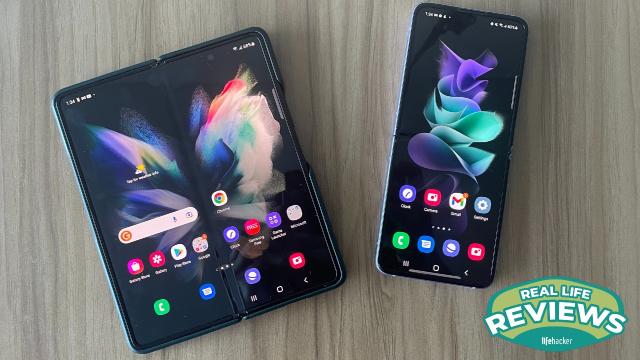
Leave a Reply
You must be logged in to post a comment.